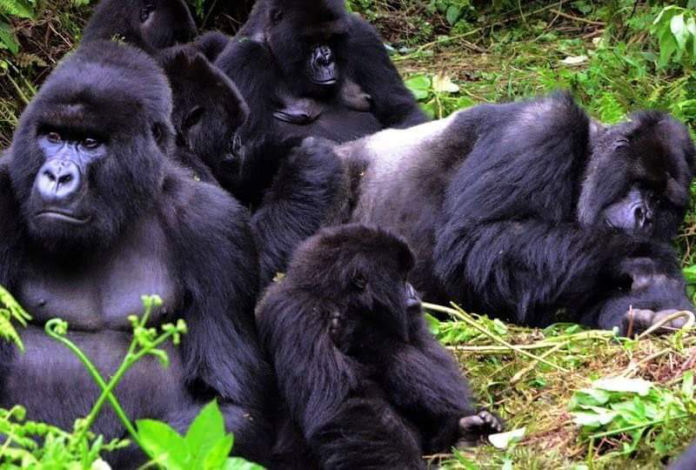The forest is one of the richest ecosystems in Africa
In the local language “Bwindi” “Mubwindi” means “dark place”, referring to the impenetrable nature of the thick forest.
Bwindi Impenetrable Forest Reserve was set up in 1942 and later on renovated to Bwindi Impenetrable National Park in 1992. In 1994, it was acknowledged as the world Heritage site. What makes Bwindi Impenetrable is the fact that it covers an area of about 327km2 of scrambled vegetation draped over an intensively fissured landscape of the steep, haughty ridges as well as the slippery valleys and high.
The park is inhabited by a population of about 400 individual mountain’ gorillas (Gorilla beringei beringei),known as the Bwindi population, which makes up almost half of all the mountain gorillas in the world. The rest of the worldwide mountain gorilla population is in the nearby Virunga National Park. A 2006 census of the mountain gorilla population in the park showed that its numbers had increased modestly from an estimated 300 individuals in 1997 to 320 individuals in 2002 to 340 individuals in 2006.
There are 11 species of primates, including chimpanzee, the monkey variants such as Hoest’s, red-tailed and blue monkey, black and white colobus, olive baboon. Specially, Bwindi is home to about 400 Gorilla gorilla beringei*, a half of the total remaining world population. There are 346 species of birds registered (Bwindi contains 90% of all Albertine Rift endemics, hard to experience in any other place in East Africa) and 200 species of butterflies.

